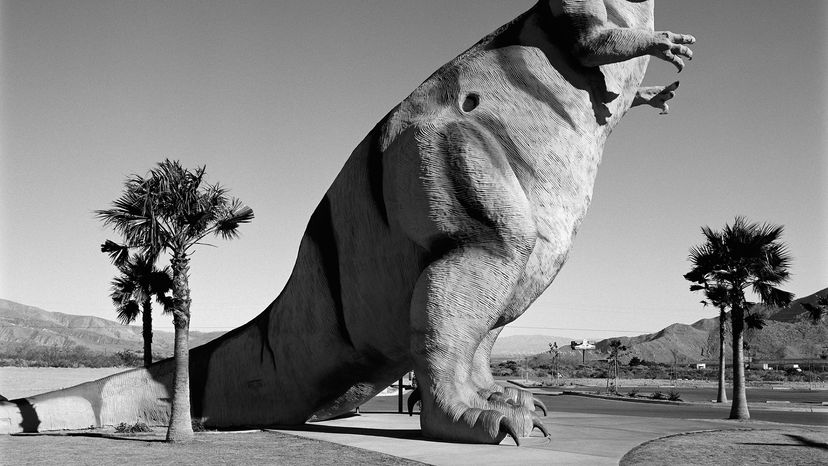
Key Takeaways
- Determining the biggest dinosaur involves estimating sizes based on incomplete fossil records and digital modeling.
- Argentinosaurus, Patagotitan, Sauroposeidon and Dreadnoughtus are among the contenders for the largest dinosaur, with estimates varying based on available fossil evidence.
- Dreadnoughtus, with a 70-percent-complete skeleton, is considered the largest accurately measured land animal, weighing approximately 65 tons (59 metric tonnes) and measuring 85 feet (26 meters) long.
Determining the biggest dinosaur is a tricky process. Dinosaurs are extinct, so scientists can't simply go out and measure the world's biggest dinosaurs.
Instead, they use digital modeling to make size estimates based on the fossils they discover. This poses a few problems.
Advertisement
Paleontologists continue to unearth new fossils, so the world's largest dinosaurs may not have been discovered yet. When scientists do find a fossil specimen, it's often incomplete, so size estimates may not be entirely accurate. Additionally, as archeologists unearth new specimens and develop better models for approximating size, these estimates can change.
Let's take a look at the species competing for the title of "largest dinosaur."
Advertisement